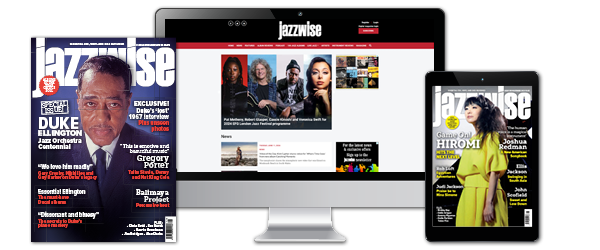Free to the Core | Interview with James Brandon Lewis
Kevin Le Gendre
Thursday, April 17, 2025
Brooklyn-based saxophonist has been forging a reputation for working across multiple projects with a fearsome intensity, be it his rock-fueled group. The Messthetics, his Jesup Wagon band or his Red Lily Quintet


Register now to continue reading

Thank you for visiting Jazzwise.co.uk. Sign up for a free account today to enjoy the following benefits:
- Free access to 3 subscriber-only articles per month
- Unlimited access to our news, live reviews and artist pages
- Free email newsletter


